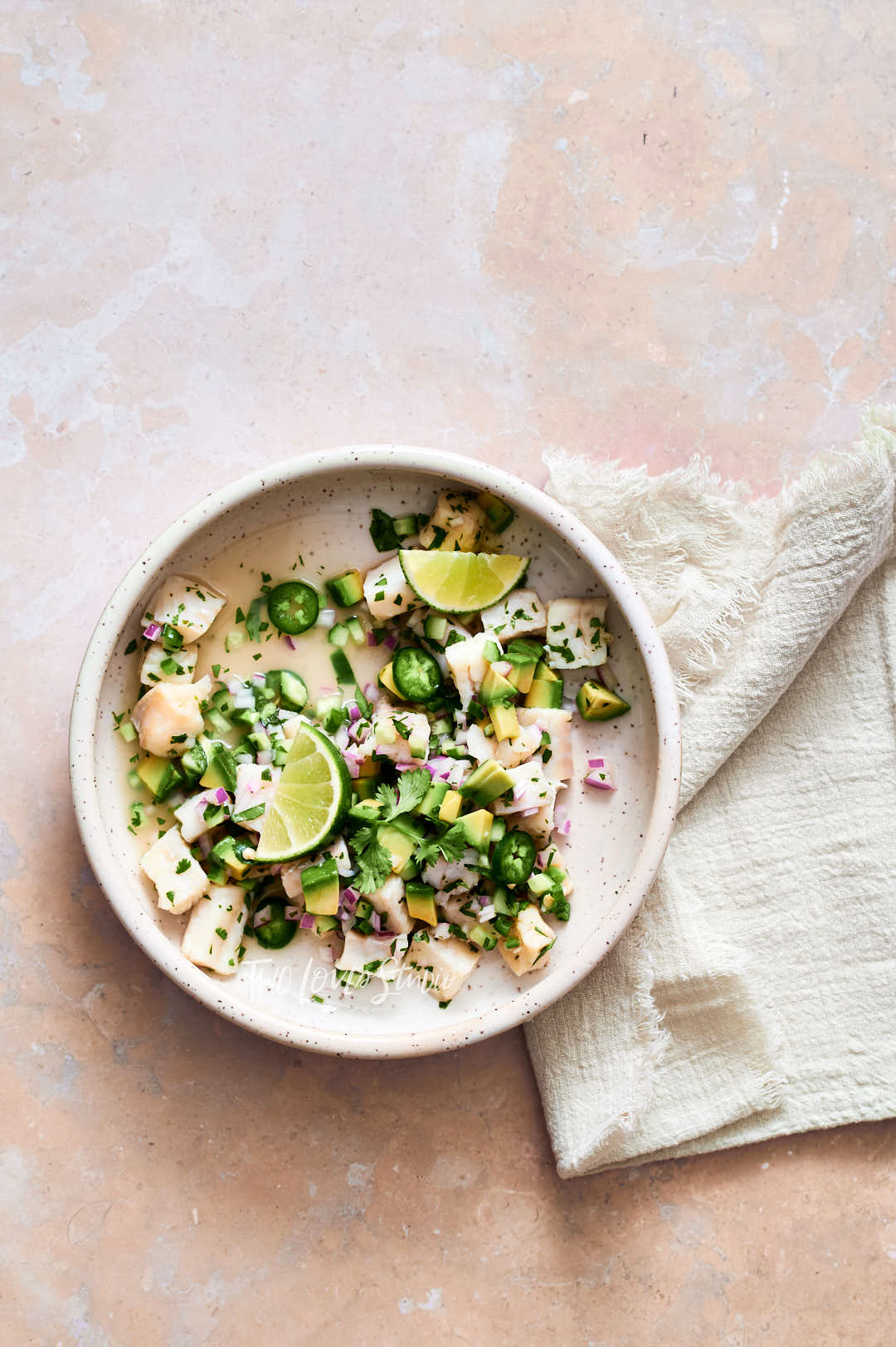Index Surge: Amplifying Your Insights
Stay updated with the latest trends and news across various industries.
Snap, Sizzle, and Chow: How to Make Your Food Pop in Photos
Transform your food photos from drab to fab! Discover tips to make your dishes pop and sizzle, enticing your audience to chow down!
Top 10 Tips for Captivating Food Photography
Capturing the essence of food through photography requires a blend of artistry and technique. Here are top tips to elevate your food photography. First, pay attention to lighting; natural light is your best friend. Shooting near a window during the golden hour can add warmth and richness to your images. Second, consider the composition of your shots. Utilize the rule of thirds to create a more dynamic frame that draws the viewer's eye to the dish.
Another crucial aspect of captivating food photography is styling. Incorporate colorful ingredients and props that complement your dish, creating a visually engaging scene. Additionally, experiment with different angles; shooting from above, at eye level, or even at a slight angle can provide various perspectives that enhance the appeal of your photographs. Lastly, don’t forget to edit your images for a polished finish—adjusting brightness and contrast can truly make your food pop!

How to Use Color and Texture to Make Your Dishes Stand Out
Using color and texture in your dishes is essential for creating visually stunning presentations that appeal to your guests. One effective method is to incorporate a variety of colorful ingredients, such as vibrant vegetables or fresh herbs, that can create a beautiful contrast against the main component of the dish. For instance, adding bright cherry tomatoes or crisp green arugula to a plate can instantly liven it up and make it more enticing. Remember, the eye eats first, so aim for a palette that is not only visually appealing but also reflective of the flavors in the dish.
In addition to color, texture plays a crucial role in elevating your culinary creations. Consider incorporating elements that provide variety, such as crispy toppings or creamy sauces, to add depth and interest to your plates. An effective way to do this is to create a balance between soft, crunchy, and chewy components within your dish. For example, a rich risotto topped with toasted nuts or crispy fried shallots can create a delightful interplay of textures that enhances the overall eating experience. By thoughtfully combining color and texture, you can transform even the simplest meals into a feast for the senses.
The Best Lighting Techniques for Stunning Food Shots
When it comes to capturing stunning food shots, lighting plays a crucial role in enhancing the visual appeal of your dishes. The best technique is to utilize natural light whenever possible. Set your food up near a window during the golden hour, the time shortly after sunrise or before sunset, when the light is soft and warm. If you're unable to use natural light, consider investing in a few soft-boxes or LED panels that mimic this effect. Avoid harsh overhead lights that can create unflattering shadows and make food look unappetizing.
Another effective method is to experiment with backlighting. This technique involves placing the light source behind your food, creating a beautiful halo effect that adds depth and intrigue to your shots. To achieve this, position your dish in front of a window or light source and adjust the angle until you find the perfect balance. Don't forget to use reflectors, such as white boards or aluminum foil, to bounce light back onto the food and fill in any shadows. By mastering these lighting techniques, you can elevate your food photography game and create mouth-watering images that entice your audience.